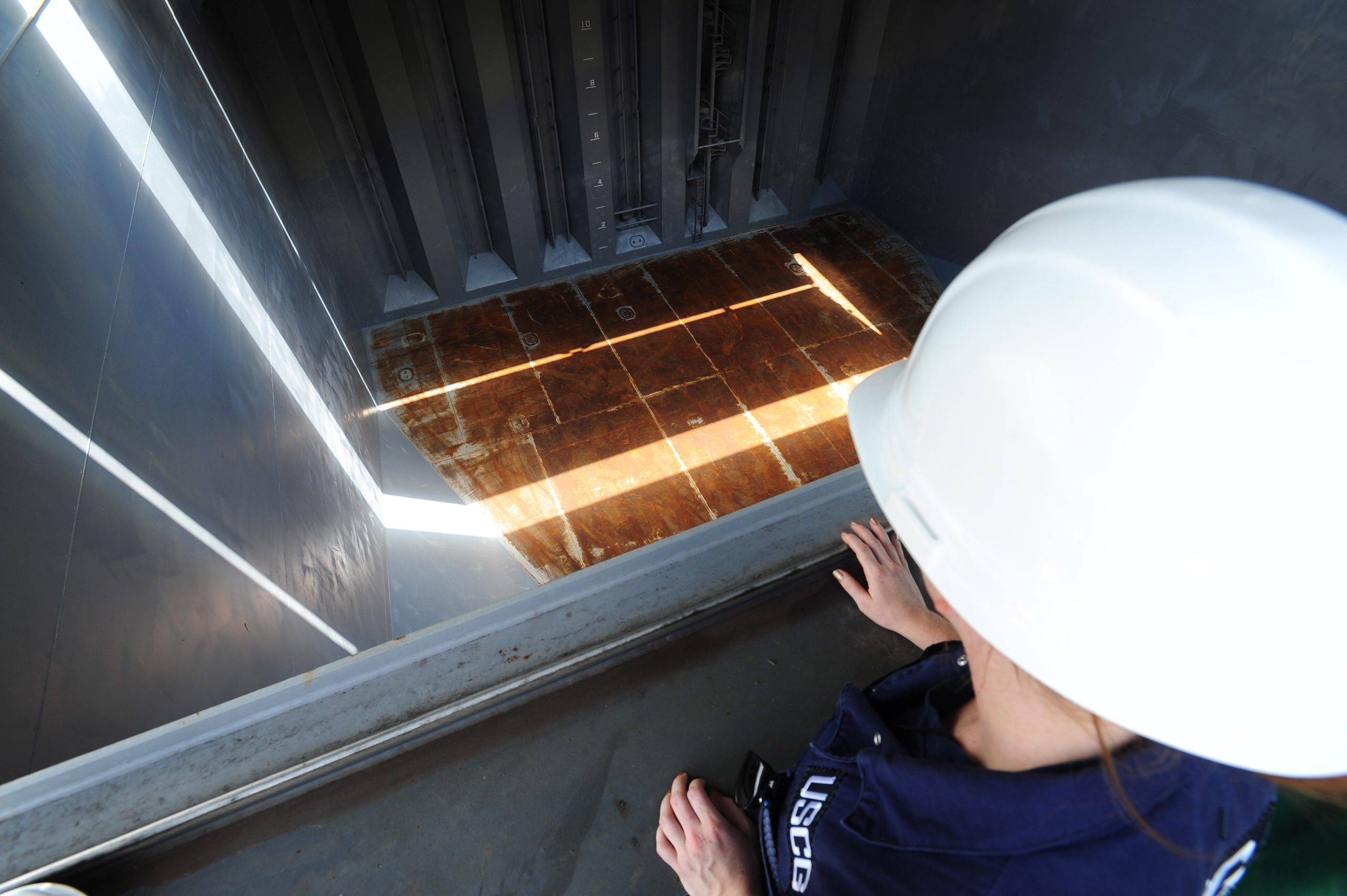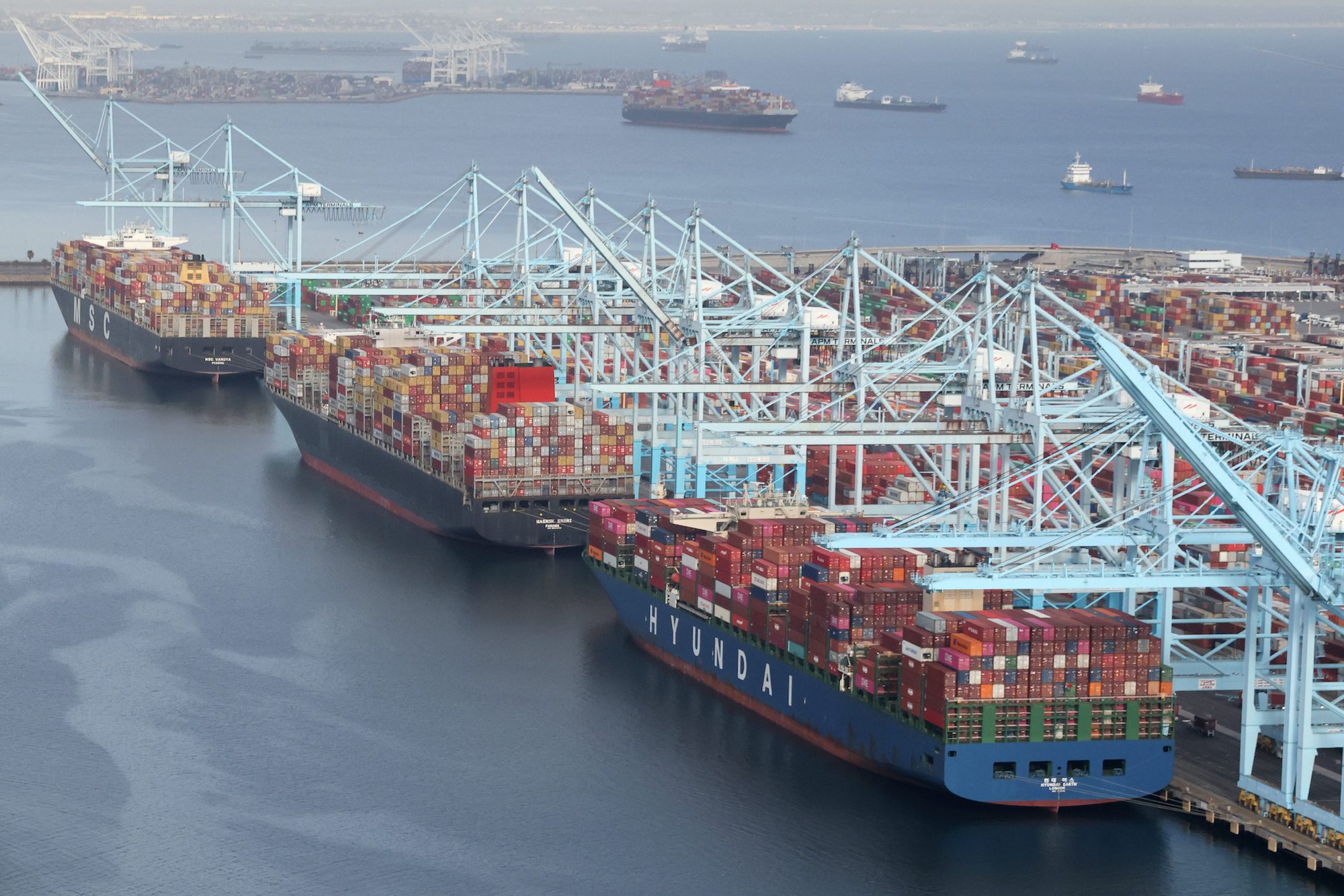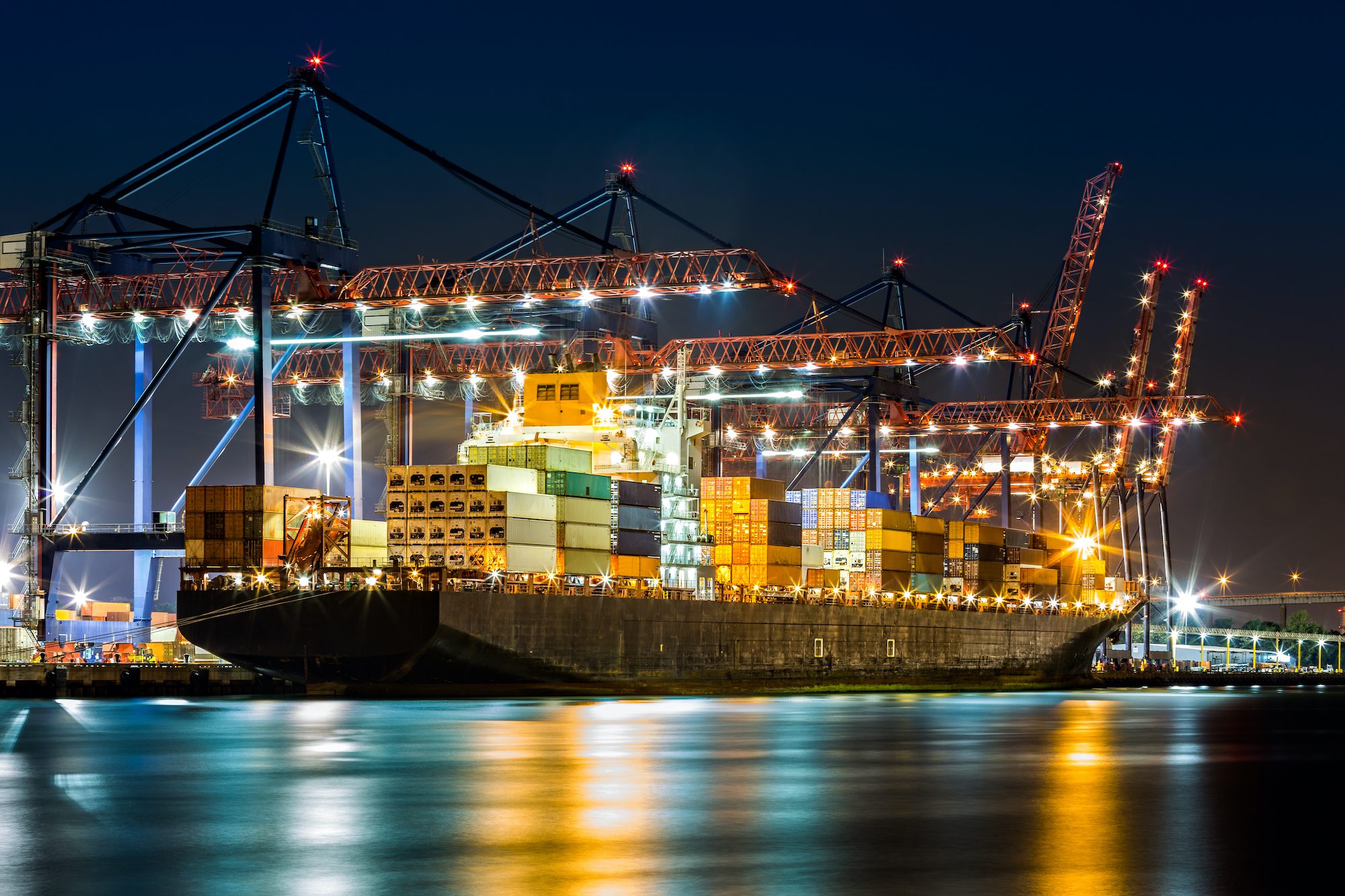By Karl Plume (Reuters) Louisiana Gulf Coast grain exports are slowly ramping up after a nearly two-week halt due to damage from Hurricane Ida, with at least two large exporters loading vessels and power steadily being restored to other terminals, government and shipping sources said on Thursday.
More than 50 oceangoing vessels have lined up along the lower Mississippi River waiting to dock and be loaded with soybeans or grain, according to Refinitiv Eikon shipping data and industry vessel lineup summaries seen by Reuters.
Restoring shipments from the busiest U.S. grain export hub is a welcome relief to markets rattled by the storm disruptions as worries about prolonged outages sent export costs soaring and stoked fears about global food inflation.
Cash premiums for corn and soybean barges shipped to the Gulf Coast for export rallied by as much as 15 cents a bushel on signs that exports were beginning to flow again.
Archer-Daniels-Midland, one of the world’s biggest grain traders, restarted operations on floating midstream rigs that transfer crops from barges onto bulk ships, according to a statement.
ADM expects Louisiana elevators in Ama and Reserve to resume operations by the end of the month, and repairs to an elevator in Destrehan, Louisiana, to take “a few weeks longer,” the statement said. It added that estimates show power will be restored in the area late next week.
The vessel Navios La Paix was docked at ADM’s facility in Destrehan on Thursday and loading with grain bound for Central America, shipping data showed.
A large export terminal owned by Louis Dreyfus near Baton Rouge was loading a corn vessel bound for Mexico on Thursday after loading a soybean vessel over the weekend. Some midstream rigs have also resumed loading.
“Things are finally starting to move again, which is good because the harvest is coming. Hopefully, we can catch up pretty quick,” said a U.S. export trader, asking not to be named as he is not authorized to speak with media.
At least three of the region’s nearly dozen terminals are still without power, including a CHS facility in Myrtle Grove and a heavily damaged Cargill terminal in Reserve, Louisiana Agriculture Commissioner Mike Strain said.
Bunge facility in Destrehan is “still not operational” and the company has no estimate yet as to when it will be back online, spokeswoman Daiana Bein Endruweit said.
Asia’s grain and oilseed buyers were preparing for shipping delays of at least a month after the storm, traders and a miller said on Wednesday.
Barge-loading river elevators in the U.S. farm belt have been holding back downriver shipments of grain as hurricane damage is cleared and power is restored.
Just 258,000 tons of corn and soybeans were shipped through key river locks on the Mississippi River and its tributaries in the week ended Sept. 4, down 65% from the same week last year, according to the U.S. Department of Agriculture.
Related: Power Outages Slash U.S. Grain Exports Despite Mississippi River Reopening
The U.S. Army Corps of Engineers expects the bulk of shipping channel obstructions on the lower Mississippi to be removed by Sept. 21 and dredged by Sept. 23, Strain said.
Officials are currently restricting the number of barges that each towboat will be allowed to haul at one time through the area for safety, he said.
In another move toward recovery, CF Industries Holdings, one of the world’s biggest fertilizer producers, said it began restarting ammonia plants in Donaldsonville, Louisiana, after halting production there on Aug. 28.
(Reporting by Karl Plume in Chicago; Additional reporting by P.J. Huffstutter and Tom Polansek; Editing by Peter Cooney and Grant McCool)

 Join The Club
Join The Club











